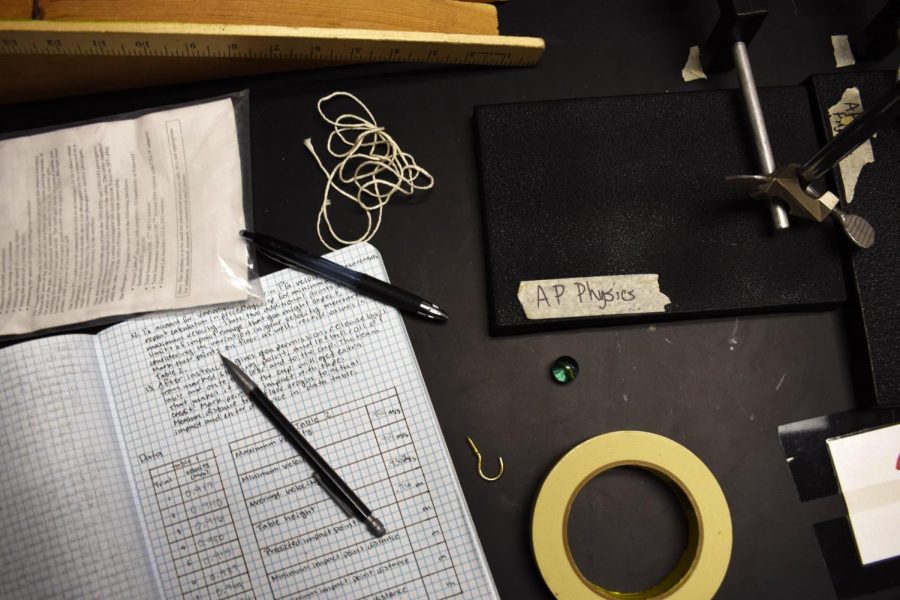Ap Physics
October 22, 2020
AP Physics is the class to take to learn about projectile motion, electric charge, energy, momentum and more.
With no regular physics class this year, students are left with that of an introductory college-level physics course, which means the class will be difficult.
When students taking the class were asked about what they thought about the work, they admitted that the load is challenging.
Heather Whitman, a senior at Lakeland High School, stated that they get a fair amount of work at night and that it is just a “mastery of learning the material.” All the students agree that the class is difficult and the work will only get harder if they do not keep up.
Even Mrs. Wenstrom, the AP Physics teacher this year, says that the class is definitely challenging but it will “help students to think and process through problems.”
Wenstrom hopes that by the end of the school year students will be “confident for the AP Exam,” and she says that “this is something we can tackle and hopefully do really well on.”
This year’s class has a total of 10 students, all in person. When asked about the low number of students, Mrs. Wenstrom said that “here at Lakeland, I think that it’s always going to be a kind of small class,” and that most AP Physics classes are more on the smaller side anyways.
As Whitman stated, the smaller size “allows the teacher to get to every student individually” to help them when it is needed.
The class is expected to do at least one lab each week, making the class very hands on with many demonstrations, like throwing a foam ball around when learning about the difference between free fall and projectile motion.
Yet with a lab each week, that also means writing down multiple procedures and answering many analysis questions at the end of the experiment. The most recent lab done by the class allowed them to try and predict the impact point of a marble after it rolled down a ramp and off the desk.
